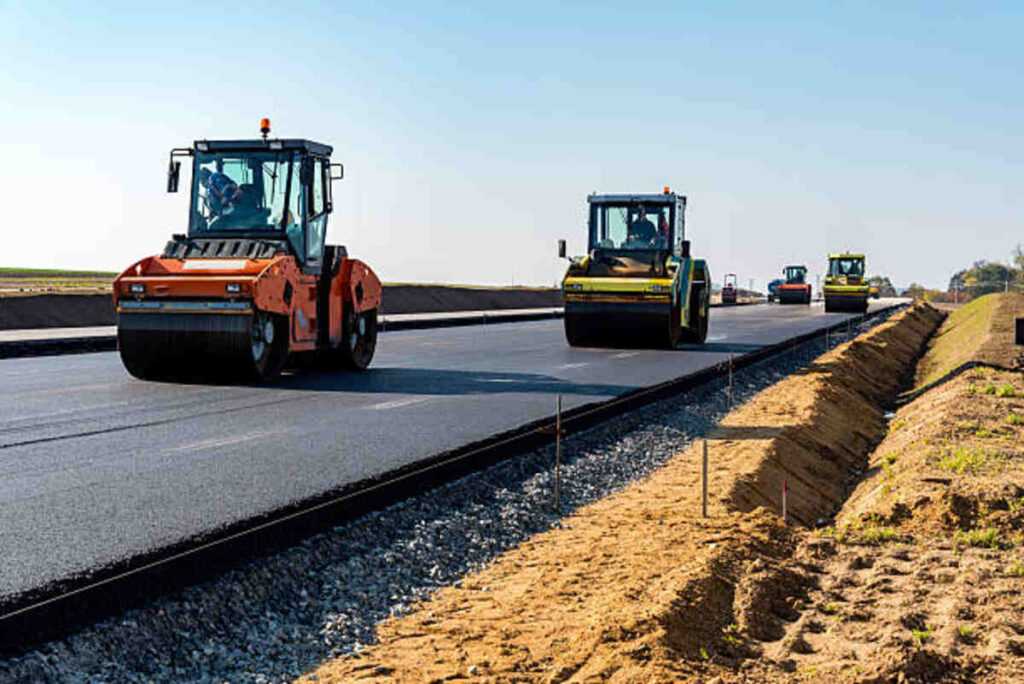Hello, Folsom residents! If you’re gearing up to pave a driveway, parking lot, or even a quaint road, you’re likely considering asphalt as your material of choice. But hold on a second—before you jump into the paving process, let’s dive into the details of selecting the perfect asphalt for your needs. It’s more than just spreading some blacktop and calling it a day. There’s a bit more nuance involved, but fear not—I’m here to guide you through the process with ease. How do I find the right Asphalt Paving Folsom?
Why Asphalt?
Durability and Longevity
Asphalt is renowned for its durability and longevity. In Folsom, where weather conditions can vary, asphalt stands up well against the elements. Its resilience to temperature fluctuations, from the scorching summer heat to the milder winters, makes it a reliable option for long-lasting surfaces. Unlike other materials that may wear down quickly, asphalt can endure heavy usage and maintain its integrity over time.
Cost-Effectiveness
One of the most appealing aspects of asphalt is its cost-effectiveness. Compared to other paving materials, asphalt is relatively affordable, making it a popular choice for both residential and commercial projects. Its initial installation cost is reasonable, and its longevity means fewer repairs and replacements, saving you money in the long run. Additionally, asphalt’s ability to be recycled adds to its economic advantage.
Aesthetic Appeal and Smooth Finish
Asphalt not only provides practical benefits but also contributes to aesthetic appeal. Its smooth, black surface offers a sleek and professional look, enhancing the overall appearance of driveways, parking lots, and roads. This smooth finish is beneficial for vehicles, providing a comfortable and noise-reducing surface for cars and bikes alike. Plus, its dark color can help with snow and ice melting during winter months, adding a safety advantage.
Types of Asphalt
Hot Mix Asphalt (HMA)
Hot Mix Asphalt is the most commonly used type of asphalt for paving projects. It’s mixed at high temperatures, which allows for a strong bond and a weather-resistant surface. This type of asphalt is ideal for areas with heavy traffic and varying weather conditions, such as Folsom. It provides a durable and long-lasting surface that can withstand the demands of daily use.
Warm Mix Asphalt (WMA)
Warm Mix Asphalt is a more environmentally friendly option compared to HMA. It is produced at lower temperatures, reducing fuel consumption and emissions during the manufacturing process. This makes it a greener choice for those concerned about environmental impact. Additionally, WMA can be easier to work with in cooler weather, extending the paving season and providing flexibility in project scheduling.
Cold Mix Asphalt
Cold Mix Asphalt is primarily used for temporary repairs and patching, such as filling potholes. It’s not as durable as HMA or WMA for long-term projects, but it offers a quick and convenient solution for immediate fixes. Cold Mix Asphalt is especially handy in emergency situations or during winter when hot mix plants are not operational, providing a temporary fix until more permanent repairs can be made.
Porous Asphalt
Porous Asphalt is designed to allow water to drain through the pavement surface, making it an excellent choice for areas prone to drainage issues. This type of asphalt helps reduce water runoff, which can prevent flooding and erosion. It’s particularly useful in parking lots and driveways where water accumulation is a concern. By promoting natural water filtration, porous asphalt also contributes to environmental sustainability.
What to Consider for Your Project
Climate
Folsom’s climate is characterized by hot summers and mild winters, but occasional cold snaps can occur. When choosing asphalt, it’s crucial to select a type that can withstand these temperature fluctuations. Hot Mix Asphalt is often a reliable choice, as it is designed to handle extreme temperatures and provides a durable surface that resists cracking and deterioration.
Traffic Volume
The amount of traffic your pavement will experience is a significant factor in determining the type of asphalt to use. For residential driveways with minimal traffic, a standard layer of asphalt may suffice. However, for busy parking lots or commercial areas with heavy vehicle usage, a thicker layer of Hot Mix Asphalt is recommended to ensure durability and longevity. Assessing traffic volume helps in designing a pavement structure that meets your specific needs.
Budget Constraints
Budget is always a consideration in any construction project. While Hot Mix Asphalt is often the preferred choice for its durability, Warm Mix Asphalt offers a more budget-friendly alternative without compromising quality. By using less energy in production, WMA can reduce overall project costs. Evaluating your budget constraints alongside your project requirements will help you make an informed decision that balances cost and quality.
Preparing for the Big Day
Site Preparation
Proper site preparation is essential for a successful asphalt installation. Begin by clearing the area of any debris, vegetation, or existing pavement that may interfere with the new surface. This may involve excavation or demolition to create a clean slate for the new asphalt. Ensuring a well-prepared site sets the foundation for a smooth and even asphalt surface.
Base Layer Importance
The base layer serves as the structural foundation for your asphalt pavement. It’s crucial to ensure that this layer is properly compacted and stable, as any weaknesses can lead to future pavement issues. A solid base layer supports the asphalt, preventing cracks and extending the lifespan of the pavement. Paying attention to this step can significantly impact the durability of your project.
Drainage Planning
Effective drainage is vital to prevent water accumulation and damage to your asphalt surface. Plan for proper drainage by sloping the pavement to direct water away from the surface. Installing drainage systems, such as French drains or catch basins, can further enhance water management. Proper drainage planning ensures the longevity of your asphalt and prevents issues like pooling and erosion.
Aftercare: Keeping Your Asphalt in Tip-Top Shape
Sealcoating Benefits
Sealcoating is a protective measure that helps maintain the appearance and integrity of your asphalt surface. By applying a sealcoat, you shield the asphalt from harmful UV rays, oil spills, and water infiltration. Regular sealcoating, typically every few years, not only preserves the asphalt’s appearance but also extends its lifespan by preventing oxidation and surface damage.
Regular Maintenance Practices
Routine maintenance is key to preserving the quality of your asphalt pavement. Regularly inspect the surface for cracks, potholes, or other signs of wear and tear. Addressing minor issues promptly can prevent them from escalating into more significant problems. Implementing a maintenance schedule ensures that your pavement remains in optimal condition and reduces the need for costly repairs.
Managing Heavy Loads
During the first few months after installation, your asphalt pavement is still curing and gaining strength. To prevent damage, avoid parking heavy vehicles or equipment on the new surface during this period. Gradually introduce heavier loads as the asphalt cures to prevent stress and deformation. This practice helps maintain the structural integrity and appearance of your pavement.
Wrapping It Up
There you have it, folks! A comprehensive guide to selecting the right asphalt for your Folsom project. By understanding the types of asphalt, considering local climate conditions, evaluating traffic volume, and managing budget constraints, you can make an informed choice that ensures a functional and long-lasting surface.
Remember, thoughtful planning is key to a successful paving project, and the effort you invest now will pay off in the future. Whether you’re a homeowner, business owner, or simply someone who appreciates a smooth ride, I hope this guide assists you in paving the way to success!
Happy paving, Folsom!



